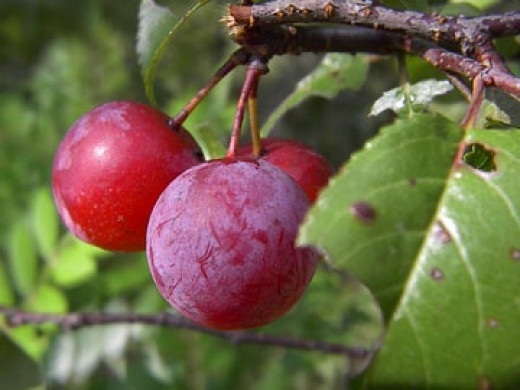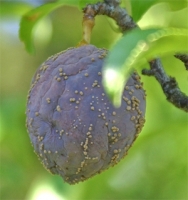General Information
Plum plants are extensively oriented, limited, as well as require minimum care compared to almost all fruits plants. Plum is full of Vitamin A, B, (Thiamine), riboflavin along with nutrients such as calcium, phosphorus as well as iron. The properly merged acidity with sugar is beneficial in the processing of jams as well as squashes. The dry plums are best known prunes. The prunes possess excellent Ayurveda remedial significance. Liquid made from the prunes is beneficial in treating jaundice as well as summer bite.











.jpg)










